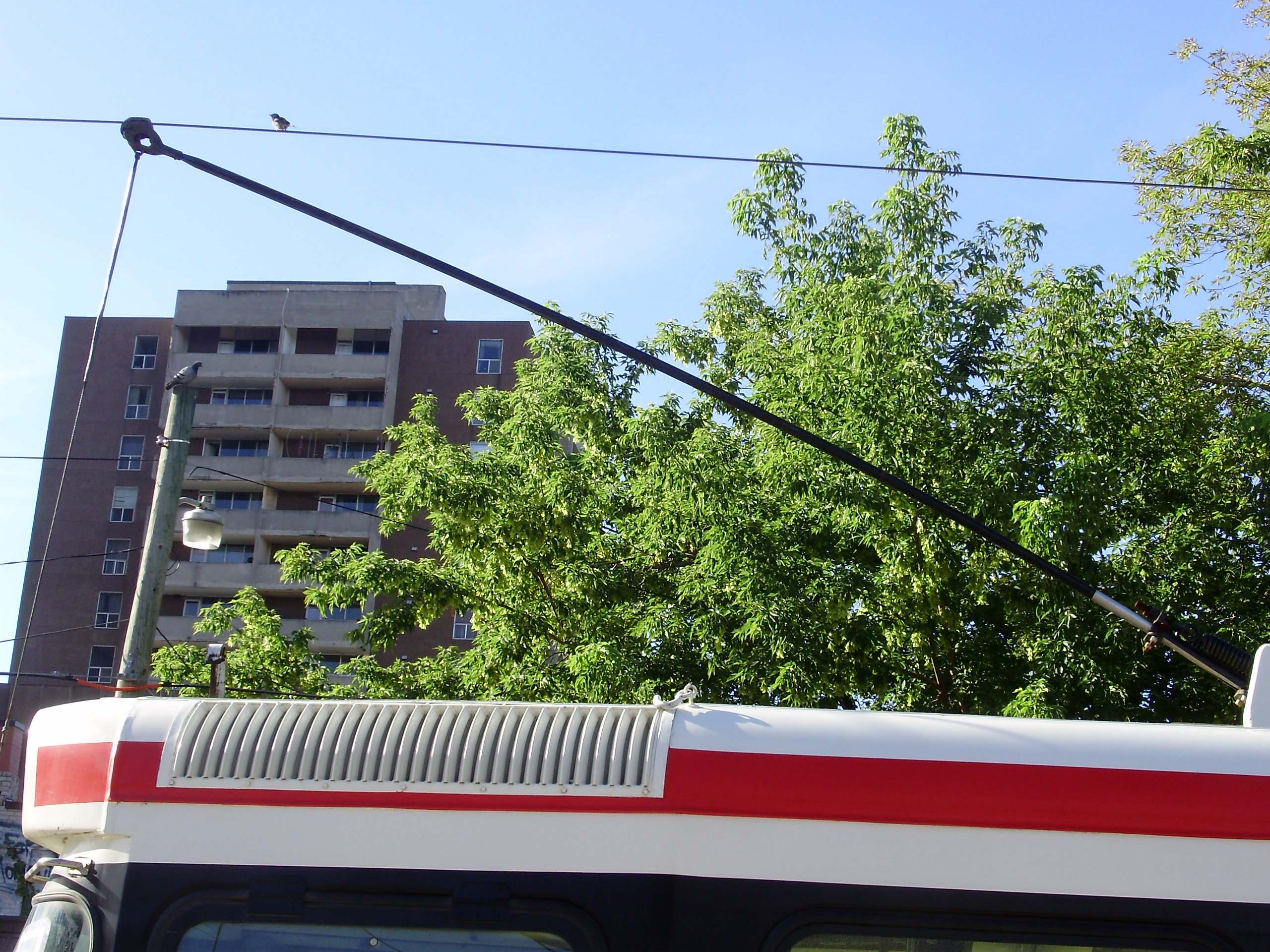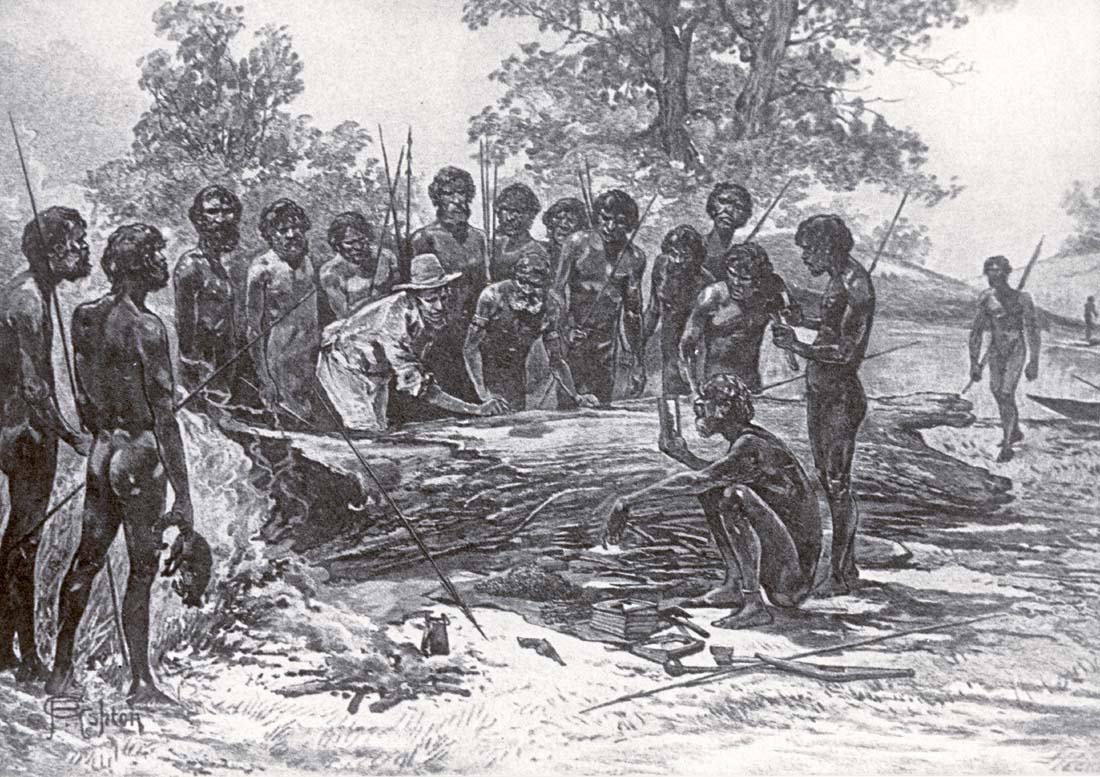|
R-class Melbourne Tram
The R-class was a class of eight trams built by James Moore & Sons and the Melbourne & Metropolitan Tramways Board (MMTB). The Fitzroy, Northcote & Preston Tramways Trust (FNPTT) placed five trams in service in 1920. All passed to the MMTB on 2 February 1920 when it took over the FNPTT becoming the R-class and being renumbered 172-176. Vicsig In 1936, 152 and 153 were sold for further use on the and Bendigo
Bendigo ( ) is a city in Victoria, Australia, located in the Bendigo Valley near the geographical centre of the state and approximately north-west of Melbourne ...
[...More Info...] [...Related Items...] OR: [Wikipedia] [Google] [Baidu] |
Melbourne & Metropolitan Tramways Board
The Melbourne & Metropolitan Tramways Board (MMTB) was a government-owned authority that was responsible for the tram network in Melbourne, Australia between 1919 and 1983, when it was merged into the Metropolitan Transit Authority. It had been formed by the merger of a number of smaller tramway trusts and companies that operated throughout the city. History In 1869 Francis Boardman Clapp set up the Melbourne Omnibus Company (MOC) which ran horse-drawn trams in the inner suburbs of Melbourne. The company carried five million passengers. By 1882 the company had over 1,600 horses and 178 omnibuses. In 1885 the company carried 11.7 million passengers. In 1885 Clapp's MOC was granted a 30-year exclusive franchise for a cable tram network in Melbourne, with no competing lines being permitted. Clapp reorganised the company as the Melbourne Tramway & Omnibus Company (MTOC). A total of 15 lines were built, opening progressively between 1885 and 1919. The first serious electri ... [...More Info...] [...Related Items...] OR: [Wikipedia] [Google] [Baidu] |
South Melbourne
South Melbourne is an inner suburb in Melbourne, Victoria (Australia), Victoria, Australia, 3 km south of Melbourne's Melbourne central business district, Central Business District, located within the City of Port Phillip Local government areas of Victoria, local government area. South Melbourne recorded a population of 11,548 at the 2021 Australian census, 2021 census. Historically known as Emerald Hill, it was one of the first of Melbourne's suburbs to adopt full municipal status and is one of Melbourne's oldest suburban areas, notable for its well preserved Victorian era streetscapes. The current boundaries are complex. Starting at the east end of Dorcas Street, it runs along the rear of properties on St Kilda Road, then south along Albert Road, north up Canterbury Road, along the rear of the north side of St Vincent Place, zigzags west along St Vincent Street, then north up Pickles Street. There is then an arm of former industrial land to the west between Boundary Roa ... [...More Info...] [...Related Items...] OR: [Wikipedia] [Google] [Baidu] |
Trolley Pole
A trolley pole is a tapered cylindrical pole of wood or metal, used to transfer electricity from a "live" (electrified) overhead wire to the control and the electric traction motors of a tram or trolley bus. It is a type of current collector. The use of overhead wire in a system of current collection is reputed to be the 1880 invention of Frank J. Sprague, but the first working trolley pole was developed and demonstrated by Charles Van Depoele, in autumn 1885. Middleton, William D. (1967). ''The Time of the Trolley'', pp. 63–65, 67. Milwaukee: Kalmbach Publishing. . Etymology The term "trolley", also used to describe the pole or the passenger car using the trolley pole, is derived from the grooved conductive wheel attached to the end of the pole that "trolls" the overhead wire. The term "trolley" predates the invention of the trolley pole. The earliest electric cars did not use a pole, but rather a system in which each tramcar dragged behind it an overhead cable con ... [...More Info...] [...Related Items...] OR: [Wikipedia] [Google] [Baidu] |
JG Brill Company
The J.G. Brill Company manufactured streetcars,Young, Andrew D. (1997). ''Veteran & Vintage Transit'', p. 101. St. Louis: Archway Publishing. interurban coaches, motor buses, trolleybuses and railroad cars in the United States for almost ninety years, making it the longest-lasting trolley and interurban manufacturer. At its height, Brill was the largest manufacturer of streetcars and interurban cars in the US and produced more streetcars, interurbans and gas-electric cars than any other manufacturer, building more than 45,000 streetcars alone. The company was founded by John George Brill in 1868 in Philadelphia, as a horsecar manufacturing firm. Its factory complex was located in south-west Philadelphia at 62nd St and Woodland Avenue, adjacent to the Baltimore and Ohio Railroad tracks. Over the years, it absorbed numerous other manufacturers of trolleys and interurbans, such as Kuhlman in Cleveland and Jewett in Indiana. In 1944, with business diminishing, it merged ... [...More Info...] [...Related Items...] OR: [Wikipedia] [Google] [Baidu] |
Fitzroy, Northcote & Preston Tramways Trust
The Fitzroy, Northcote & Preston Tramways Trust was a tram operator in Melbourne, Australia. History The Fitzroy, Northcote & Preston Tramways Trust (FNPTT) was established in August 1915 by Fitzroy, Northcote and Preston to operate an electric tramway from North Fitzroy north along St Georges Road to a junction at Miller Street, Preston where it split into two branches. One headed west along Miller Street and then turned north along Gilbert Road to terminate at Regent Street, West Preston. The other headed east along Miller Street, crossing over the Mernda railway line and then turned north along Plenty Road to terminate at Tyler Street, East Preston. A trial run over the lines was conducted on 27 January 1920, however before operations commenced, the FNPTT was taken over by the Melbourne & Metropolitan Tramways Board (M&MTB) on 2 February 1920, with services commencing on 1 April 1920. [...More Info...] [...Related Items...] OR: [Wikipedia] [Google] [Baidu] |
Trams In Ballarat
Trams in Ballarat were first used for public transport in 1887. They ceased to operate as a means of public transport in 1971, but a section continues to be operated today as a tourist attraction. At its peak in 1937, the Ballarat tramway network was the largest in Australia operating outside one of the capital cities,pg. 7. Examiner. Tuesday 10 August 1937 with 7 principal routes and more than 24 kilometres of track. Most of the network was closed and replaced with buses on 19 September 1971 after which the Ballarat Tramway Museum preserved a single electrified track along Wendouree Parade at Lake Wendouree to operate a tourist service. From its depot adjacent to the Ballarat Botanical Gardens, the museum operates its historic collection of electric trams from around Australia, including some that were operated on the original Ballarat system. 1880s — origins and the horse-drawn tramway In an 1884 council meeting, the City of Ballaarat decided on the establishment of a tr ... [...More Info...] [...Related Items...] OR: [Wikipedia] [Google] [Baidu] |
Trams In Bendigo
Trams in Bendigo have operated since 1890. They ceased to operate as a means of public transport in 1972 but part of the main network continues to operate today as a tourist attraction. Limited trials have also been made in 2009 with operating commuter service, but with minimal usage by the public. History As public transport The first trams in Bendigo were battery operated, but only lasted three months before being withdrawn due to their unreliability. A steam tram system commenced operation in 1892 operated by the Bendigo Tramways Company Limited, and lasted until 1902. Electric trams commenced in 1903 operated by the Electric Supply Company of Victoria, the network eventually covering two routes, one north-south from North Bendigo through the city centre to Golden Square, and Eaglehawk through the city centre to Quarry Hill. The Electric Supply Company of Victoria was taken over by the State Electricity Commission of Victoria (SECV) in 1934, as part of the centralisati ... [...More Info...] [...Related Items...] OR: [Wikipedia] [Google] [Baidu] |
Melbourne Tram Vehicles
Melbourne ( ; Boonwurrung/Woiwurrung: ''Narrm'' or ''Naarm'') is the capital and most populous city of the Australian state of Victoria, and the second-most populous city in both Australia and Oceania. Its name generally refers to a metropolitan area known as Greater Melbourne, comprising an urban agglomeration of 31 local municipalities, although the name is also used specifically for the local municipality of City of Melbourne based around its central business area. The metropolis occupies much of the northern and eastern coastlines of Port Phillip Bay and spreads into the Mornington Peninsula, part of West Gippsland, as well as the hinterlands towards the Yarra Valley, the Dandenong and Macedon Ranges. It has a population over 5 million (19% of the population of Australia, as per 2021 census), mostly residing to the east side of the city centre, and its inhabitants are commonly referred to as "Melburnians". The area of Melbourne has been home to Aboriginal Victorians ... [...More Info...] [...Related Items...] OR: [Wikipedia] [Google] [Baidu] |



